It’s not just the Formula 1 World Championship that’s celebrating its 70th anniversary this year but our own British Grand Prix’s role as part of that championship, too. Indeed, the very first race of that championship was the 1950 British Grand Prix, fittingly held at Silverstone. Since then, it has only ever been held there, at Aintree or at Brands Hatch. The British and Italian grands prix are the only races to have been held every single year since.
Last weekend, Silverstone hosted the 70th F1 British Grand Prix, and this weekend it will host a championship F1 race for the 54th time, with the one-off 70th Anniversary Grand Prix running at the track as part of the hastily rescheduled 2020 season. To celebrate both, this is our potted guide to every British Grand Prix and their winners. All races were held at Silverstone unless marked with an asterisk (Aintree) or two (Brands Hatch).
1950 Giuseppe Farina (Alfa Romeo): A total yawn fest with which to begin motorsport’s new premier championship. Four Alfa Romeo 158s entered; one retired and the others finished first, second and third. Everyone else got lapped. Twice.
1951 José Froilán González (Ferrari): Not just the race in which Alfa’s stranglehold was broken but also the first F1 victory for Ferrari. Its short and stocky winner, José Froilán González, also became the first person to lap Silverstone at more than 100mph. Ferrari’s hunch that its 4.5-litre V12 would be more frugal than Alfa’s supercharged 1.5-litre straight eight was right, but it had the pace to take pole, too. Only Alfa’s Juan Manuel Fangio could keep up in the race.
Having won every race of the 1950 season, Alfa triumphed just once in 1951 and hasn’t won again since. By contrast, Ferrari became the most successful constructor in F1 history.
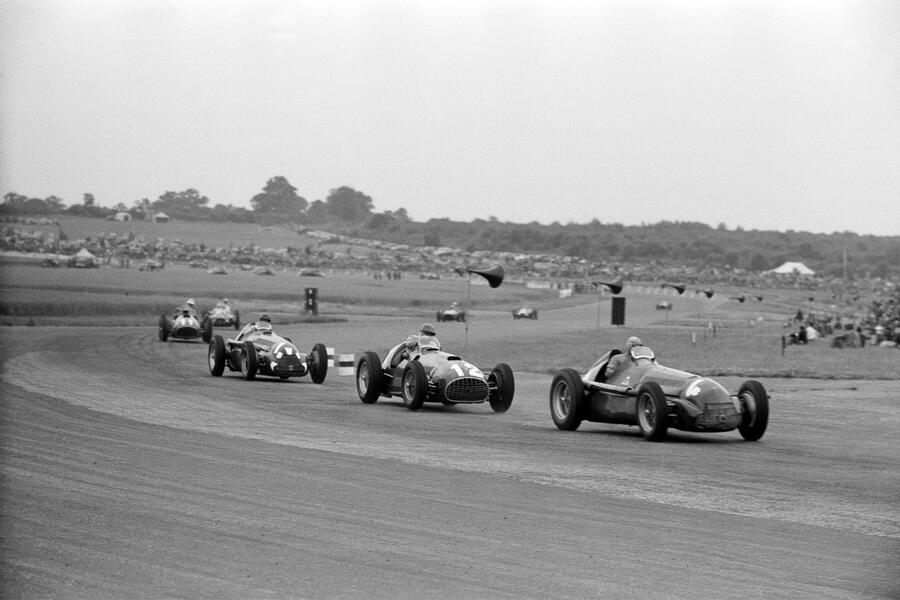

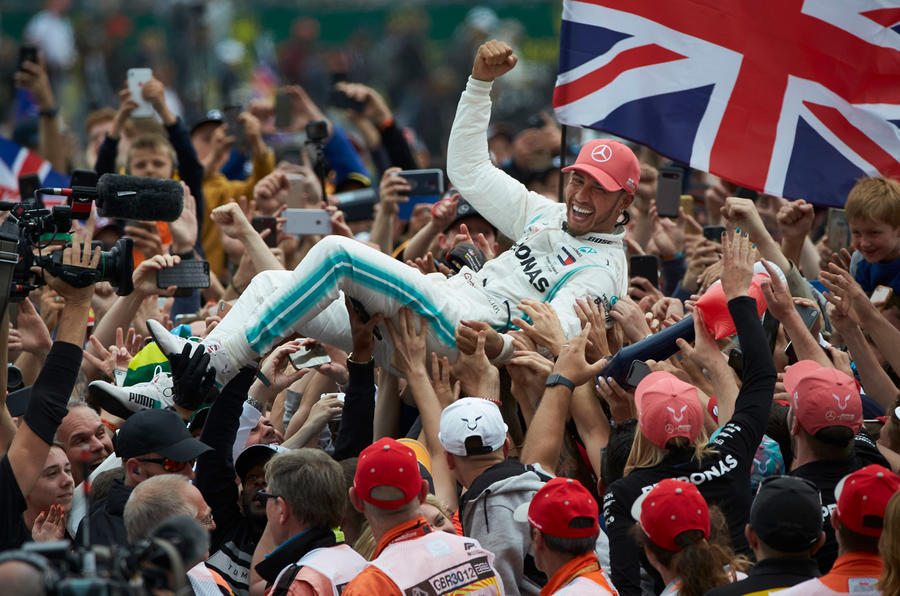






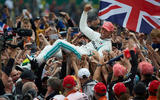








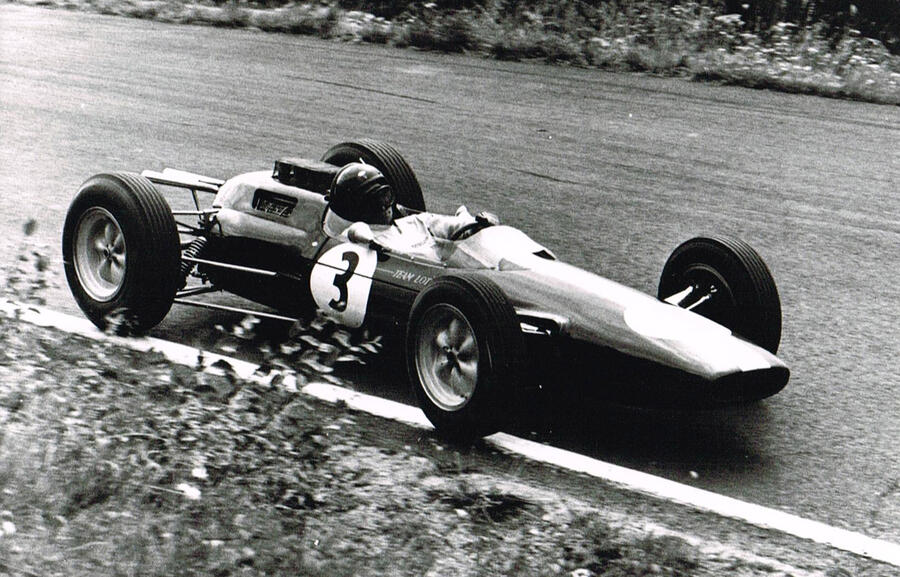
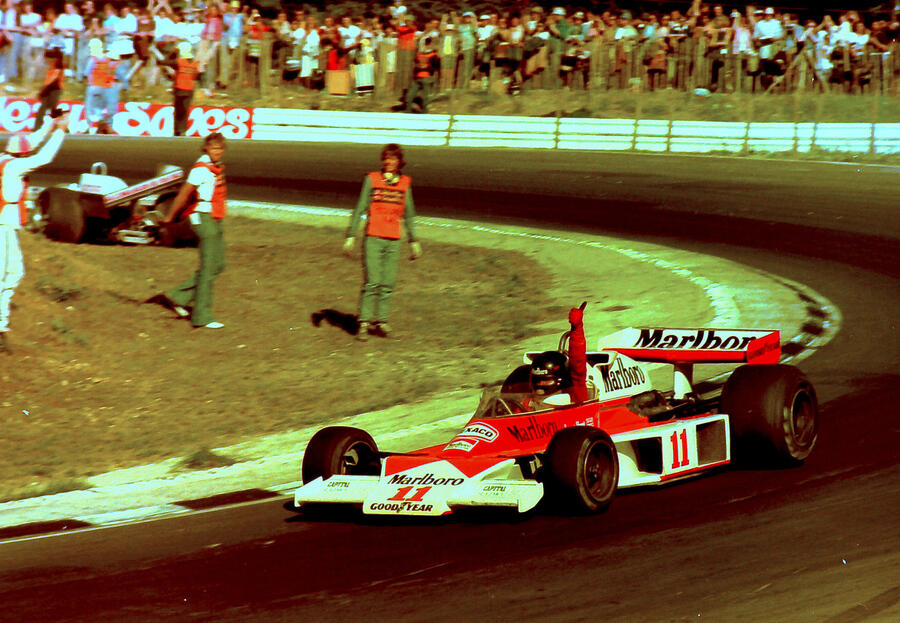
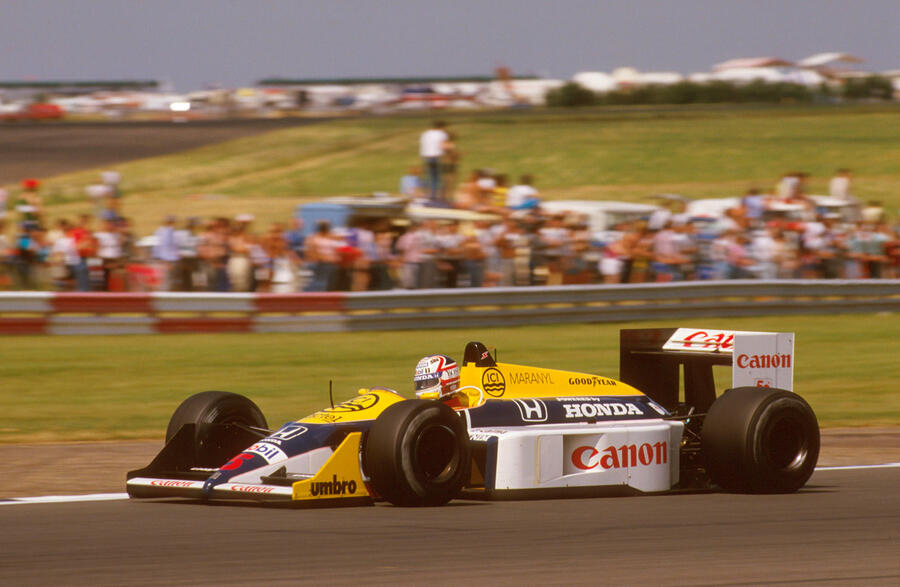
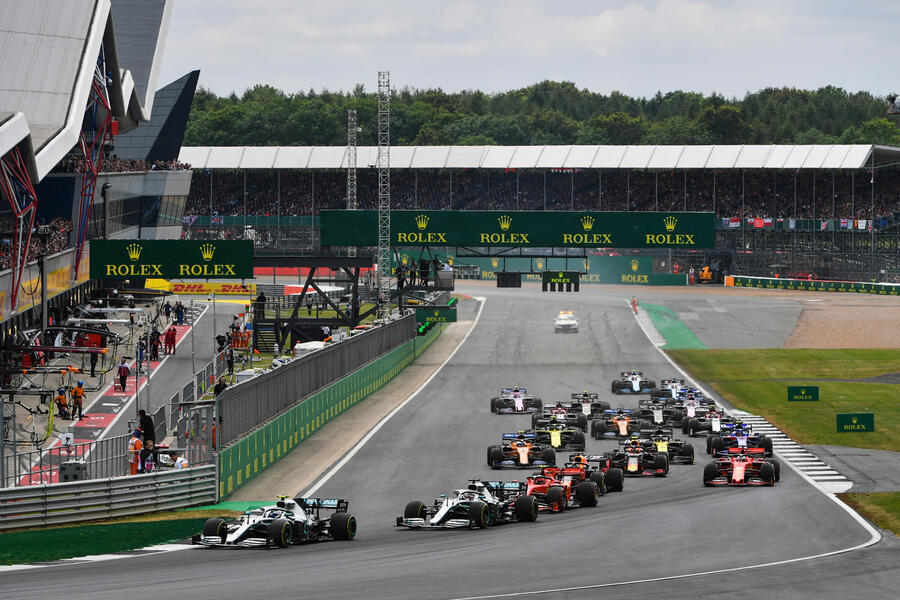


Join the debate
Add your comment
Dutch surprise?
Well, I'm glad it wasn't another last ten Lap race at Silverstone, oh?!, wait a minute!